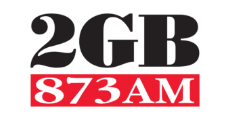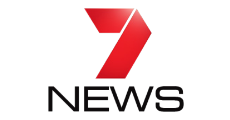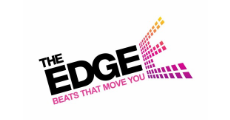In recent years, improvements in surgical harvest and injection techniques have resulted in increased interest in fat transfers. Autologous (your own tissue) fat is the ideal filler because host reactions, carcinogenic responses or other major adverse reactions are rare and because it is readily available and inexpensive. Being minimally invasive, the procedure is low risk. Moreover, there is good evidence that the harvested fat cells contain a subpopulation of adult stem cells, which appear to promote capillary bed formation, and are believed to contribute to a rejuvenated appearance beyond their simple filler role. Dr Farhadieh continues to be interested in the scientific research and clinical applications of adult stem cells in the fields of plastic and reconstructive surgery.
As with all surgery, however, there are limitations; these include unpredictable and variable rates of fat absorption and the need for overcorrection during the initial surgical procedure. Injection has to be carried out with care, and direct injection into vessels of the face must be avoided. In aesthetic surgery, Dr Farhadieh often uses fat injections in preference to artificial soft tissue fillers and believes in the tangible benefit gained from introduction of adult stem cells into anatomical sites. For reconstructive purposes, especially in addressing small contour deformities, Dr Farhadieh has utilized fat transfers extensively.
Most of our facial rejuvenation procedures involve routine harvest and injection of fat. The most common site of fat harvest is the lateral abdominal wall and it rarely leaves any evidence at the site of harvest, except for a small incision at the site of cannula insertion and temporary bruising.
Frequently Asked Questions
Fat injection and transfer is often a supplementary technique employed as part of an overall rejuvenation plan. The need for anaesthetic and possible overnight admission is determined by the principal primary surgery.
No, the fat is harvested through stab incisions and they heal with no or minimal scarring. There will be some bruising but this will resolve within the first 2 weeks.
This can vary from patient to patient, however in the vast majority of patients the bruising settles within the first 7–10 days.
The absorption is unpredictable so in the clinical setting, overcorrection during the primary surgery is recommended. Where large replenishment is required, such as breast reconstruction contour deformities, multiple transfers are often needed.
Dr Farhadieh believes that the relationship between doctor and patient is sacred and privileged. Our practice is based on compassion, honesty, transparency and, above all, patient welfare. We pride ourselves on making sure that you feel supported at all times. We will be available during all stages of your journey and will schedule short-, medium- and long-term follow-up appointments as part of our overall practice.











